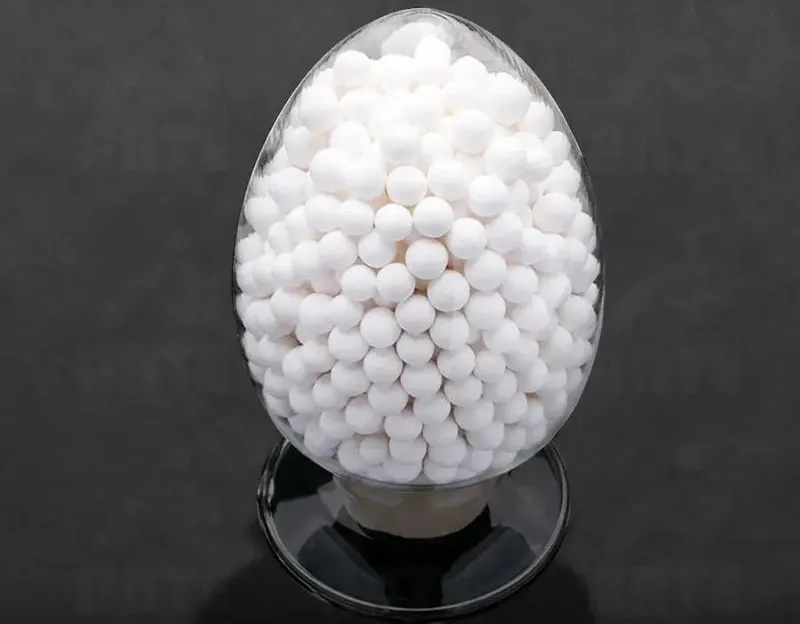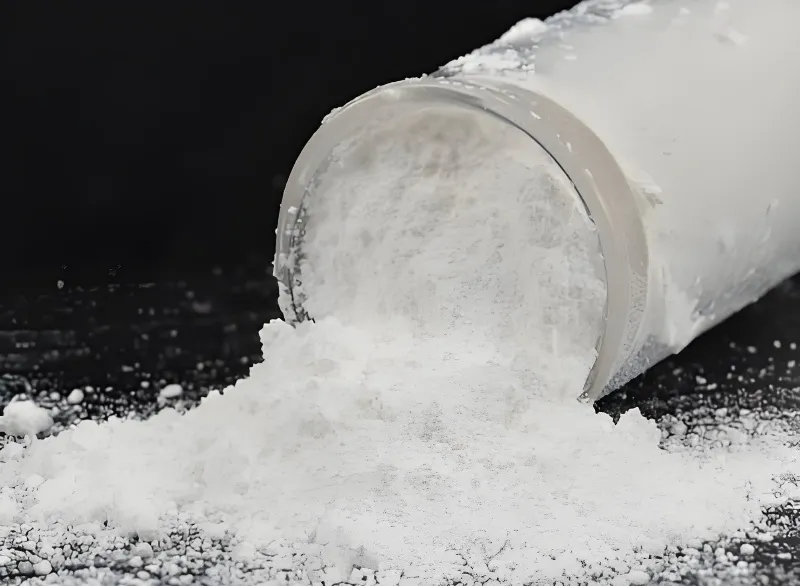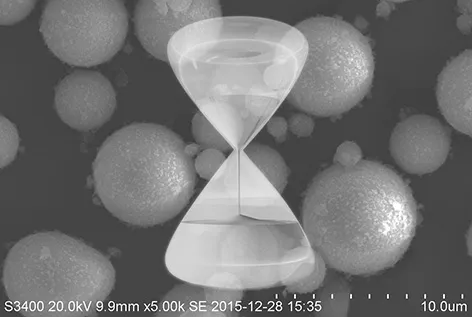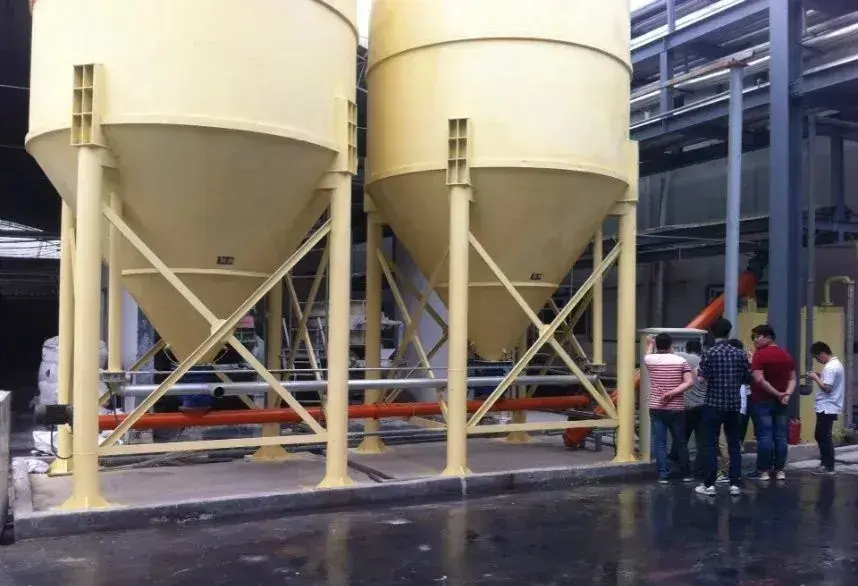Nano alumina is a new type of high-performance fine inorganic material. Since Gleiter and others first prepared nano-scale alumina powder in the mid-1980s, people’s understanding of this advanced material has deepened. It has been found to exhibit many excellent properties, such as high hardness, high strength, heat resistance, and corrosion resistance. As a result, it has been widely applied in aerospace, defense, chemical, and microelectronics fields. In practical applications of nano alumina, the need to modify nano alumina has always been a highly valued task, as modification plays a key role in improving its dispersion, compatibility, and overall performance.

Why Modify Nano Alumina?
First, as a nanomaterial with many unique properties, nano alumina has very small particle size and high surface energy, making it prone to agglomeration. Severe agglomeration significantly reduces the functional performance of nano alumina.
In addition, nano alumina can be used as a biofilm material in medical research on biopharmaceuticals. However, due to lattice defects, the crystal’s surface charge distribution is uneven. Surface charge defects and the accumulation of space charge regions at the micron scale lead to grid-like dipole moments. When biomaterials come into contact with such powder surfaces, enrichment occurs, resulting in pore blockage and membrane fouling.
Furthermore, alumina’s properties such as insulation and high strength make it suitable as a filler in coatings, rubber, and other materials to improve hardness, insulation, ductility, and wear resistance. However, alumina is a polar substance and shows poor compatibility with non-polar polymer materials.
Therefore, surface modification of alumina has become a focus of attention.

Surface Modification Methods
Surface modification refers to physical or chemical treatments applied to solid particles to deliberately alter their surface physicochemical properties and morphological structures to meet application needs. At present, two major modification approaches are widely practiced: surface organic modification and inorganic coating modification (or surface coating modification).
Surface Organic Modification
The goal of surface organic modification is to introduce organic groups onto the surface of ultrafine particles to impart hydrophobicity, thereby improving their dispersibility in resins, rubber, paints, and other organic matrices, as well as enhancing interfacial compatibility. This improves the processing and mechanical properties of composites. Depending on their chemical structure, modifiers include higher fatty acids and their salts, lower esters of fatty acids, and coupling agents.
(1) Physical Coating Modification
This involves using organic substances (such as polymers, resins, surfactants, water- or oil-soluble macromolecules, or fatty acid soaps) to coat the particle surface. It is a relatively simple method to achieve surface modification.
(2) Surface Chemical Modification
This method involves chemical reactions or adsorption between the modifier and the particle surface. It is currently the most widely used method in industrial production.
(3) Grafting Modification
Under certain external activation conditions, olefin or polyolefin monomers are introduced onto the powder surface. In some cases, polymerization of the introduced monomers is further activated, resulting in polymer chains grafted onto the particle surface.
Surface Coating Modification
Surface coating modification refers to uniformly coating ultrafine alumina particles with smaller solid particles or solid films. This alters the surface composition, structure, morphology, and original properties of the particles.
According to the environment and form of the coating reaction, surface coating modification methods include chemical precipitation, hydrolysis coating, sol-gel, solvent evaporation, mechanochemical methods, and vapor-phase methods. The first three belong to solution reaction methods, where precipitation agents or hydrolysis processes generate insoluble salts that deposit on the particle surface to achieve coating.
Epic Powder
Surface modification is key to unlocking the full potential of nano alumina in high-performance applications. Whether for enhancing dispersion in polymers, improving interfacial compatibility, or achieving functional coatings, the right technology to modify nano alumina is essential.
Epic Powder provides advanced modification equipment and integrated process solutions tailored to ultrafine powders like nano alumina. Our systems enable precise surface treatment—whether through organic modification or inorganic coating—ensuring stable dispersion, improved compatibility, and enhanced end-use performance. With over 20 years of expertise in grinding, classification, and powder modification technologies, Epic Powder is your reliable partner in achieving superior materials for aerospace, electronics, pharmaceuticals, and advanced composites.

